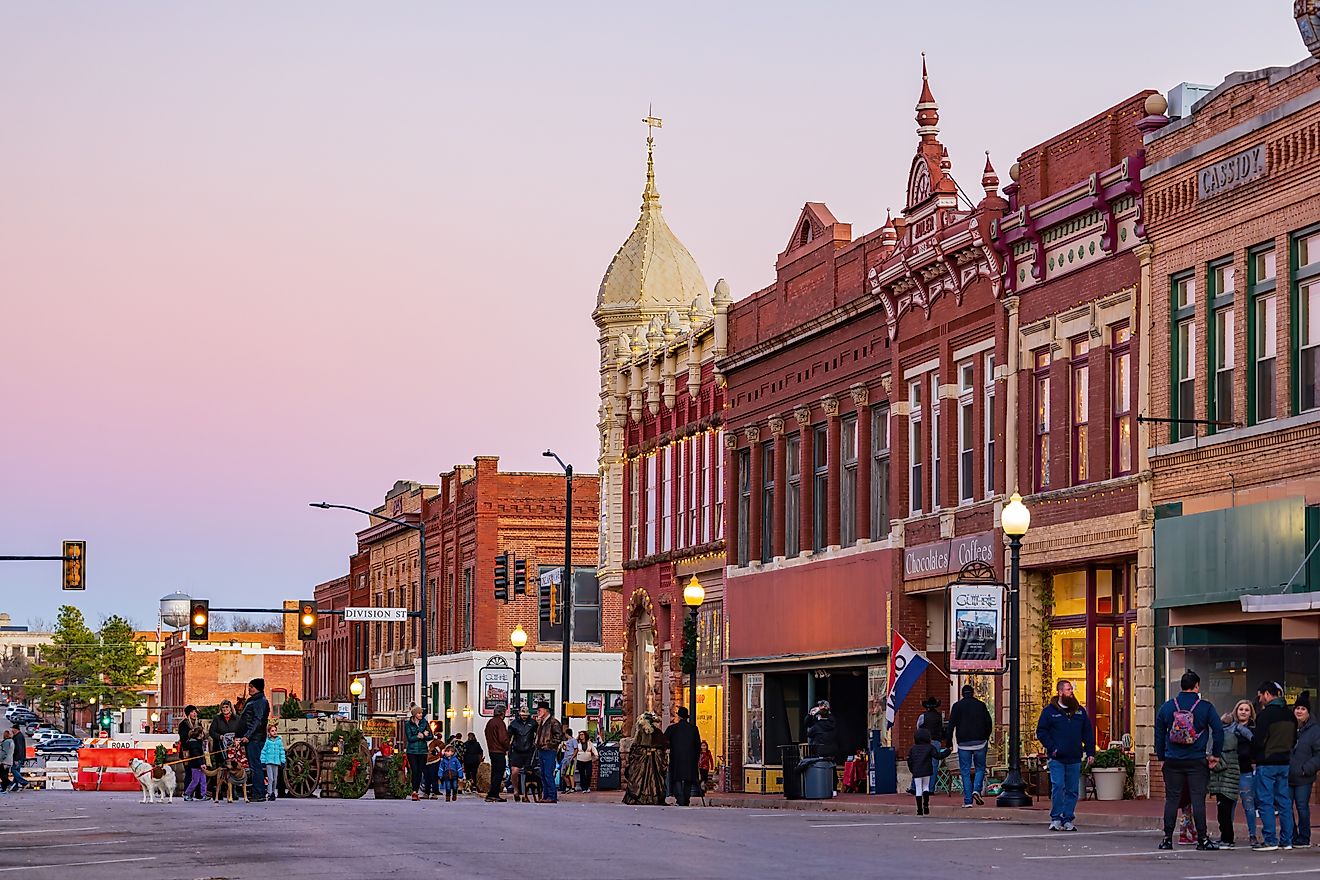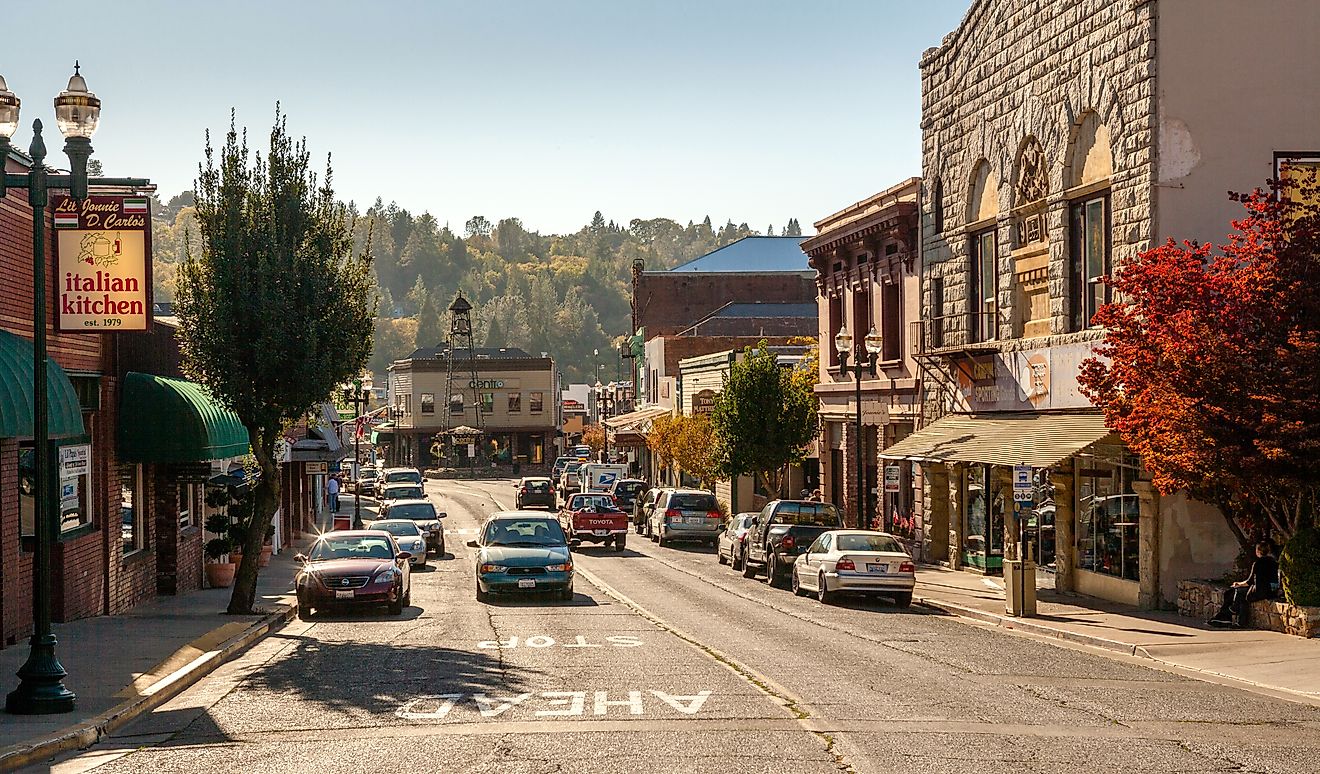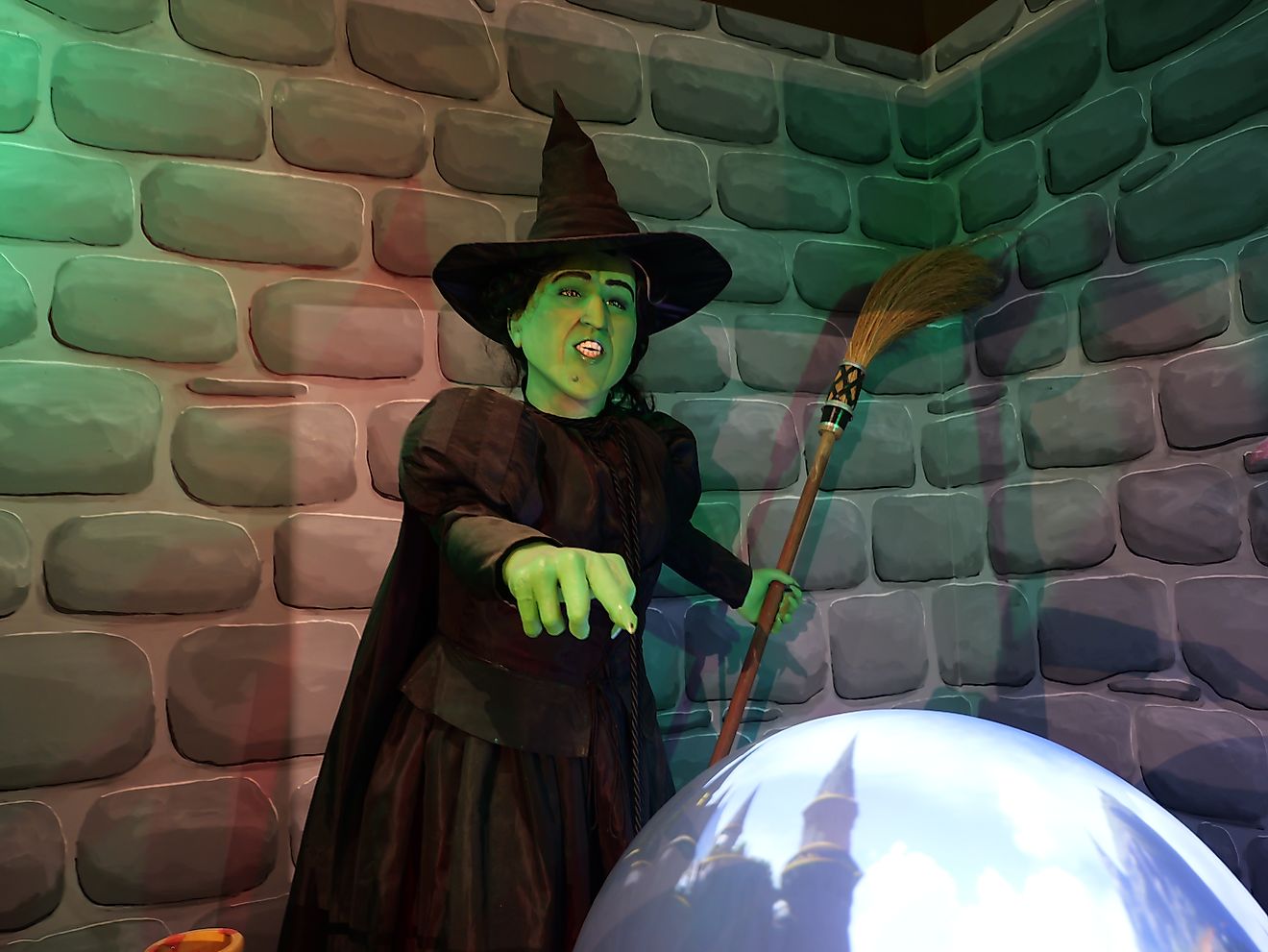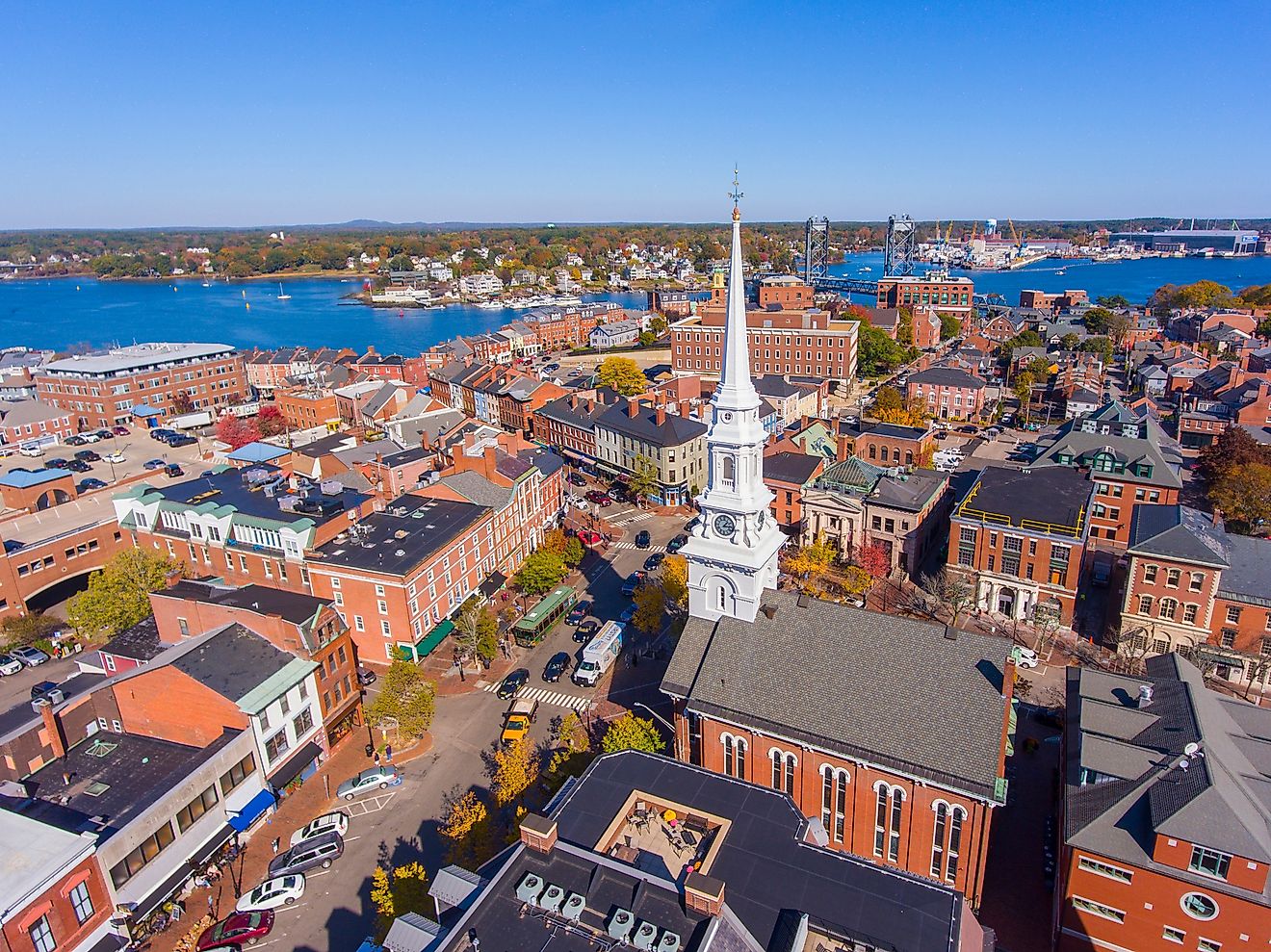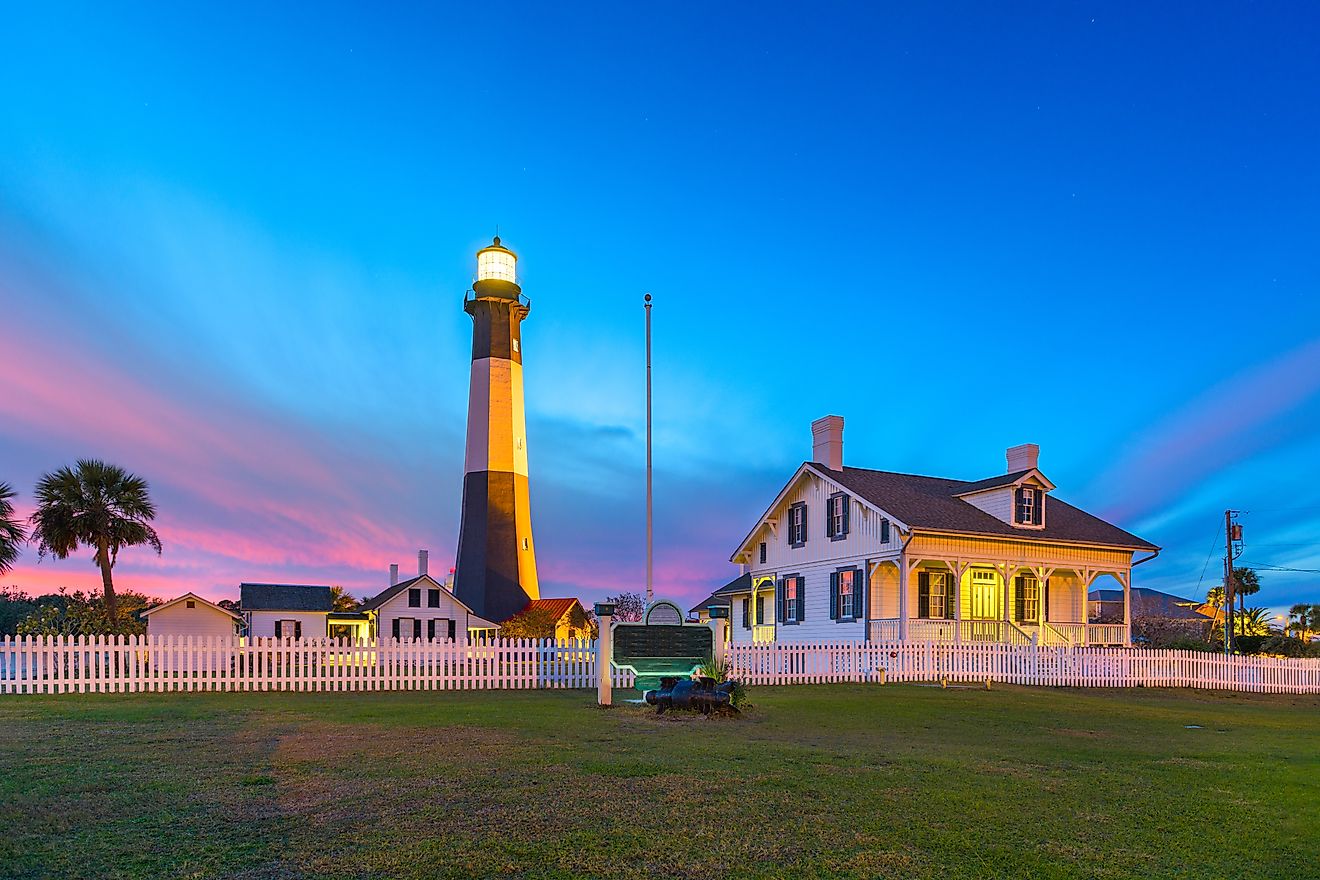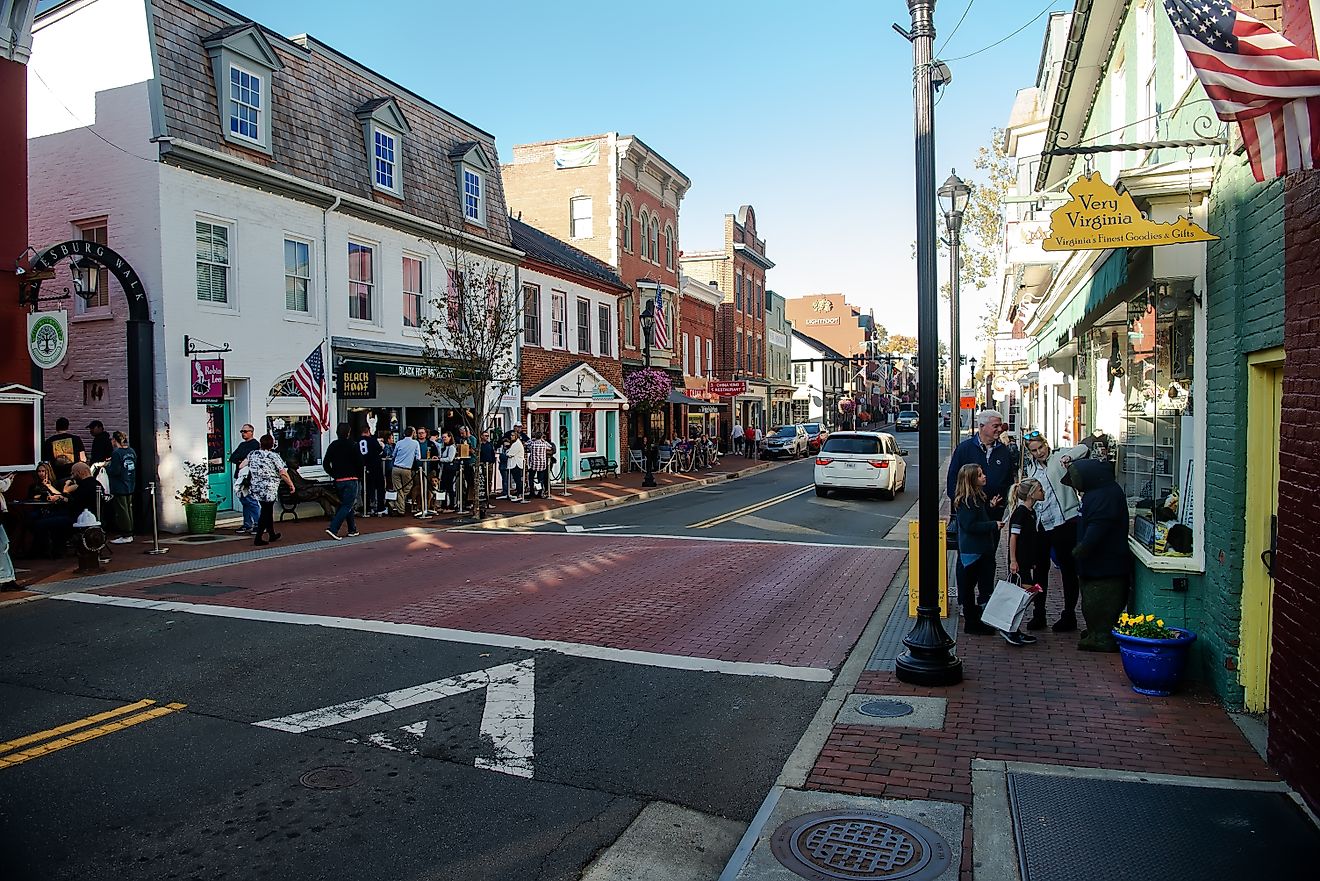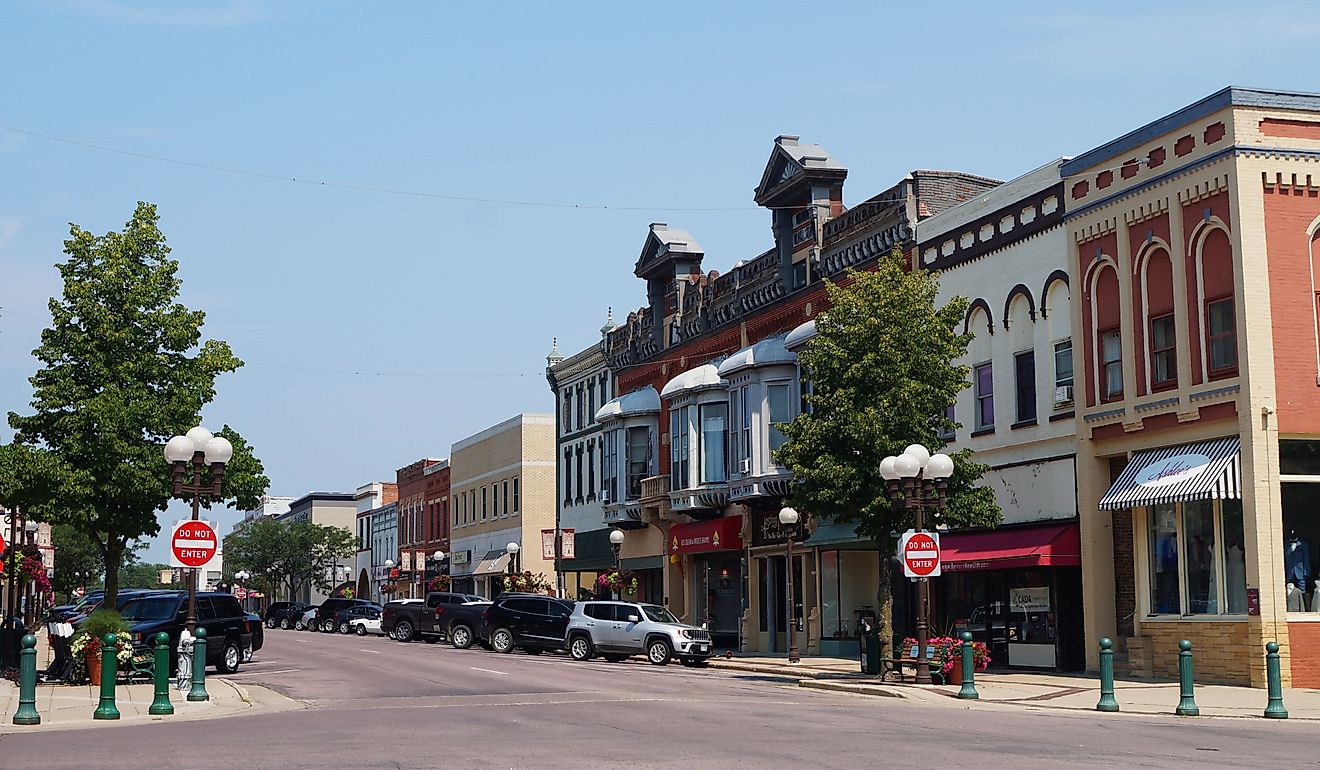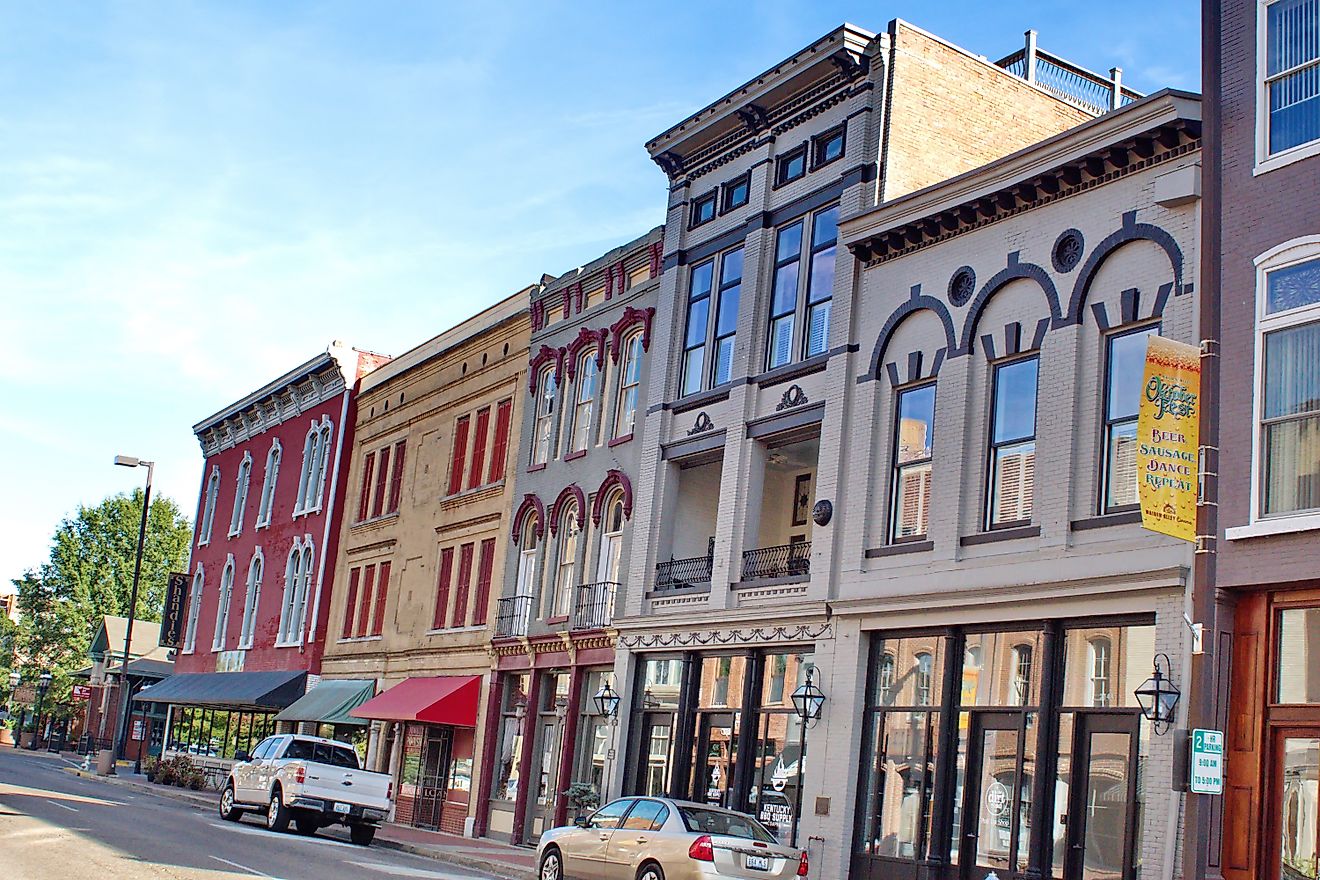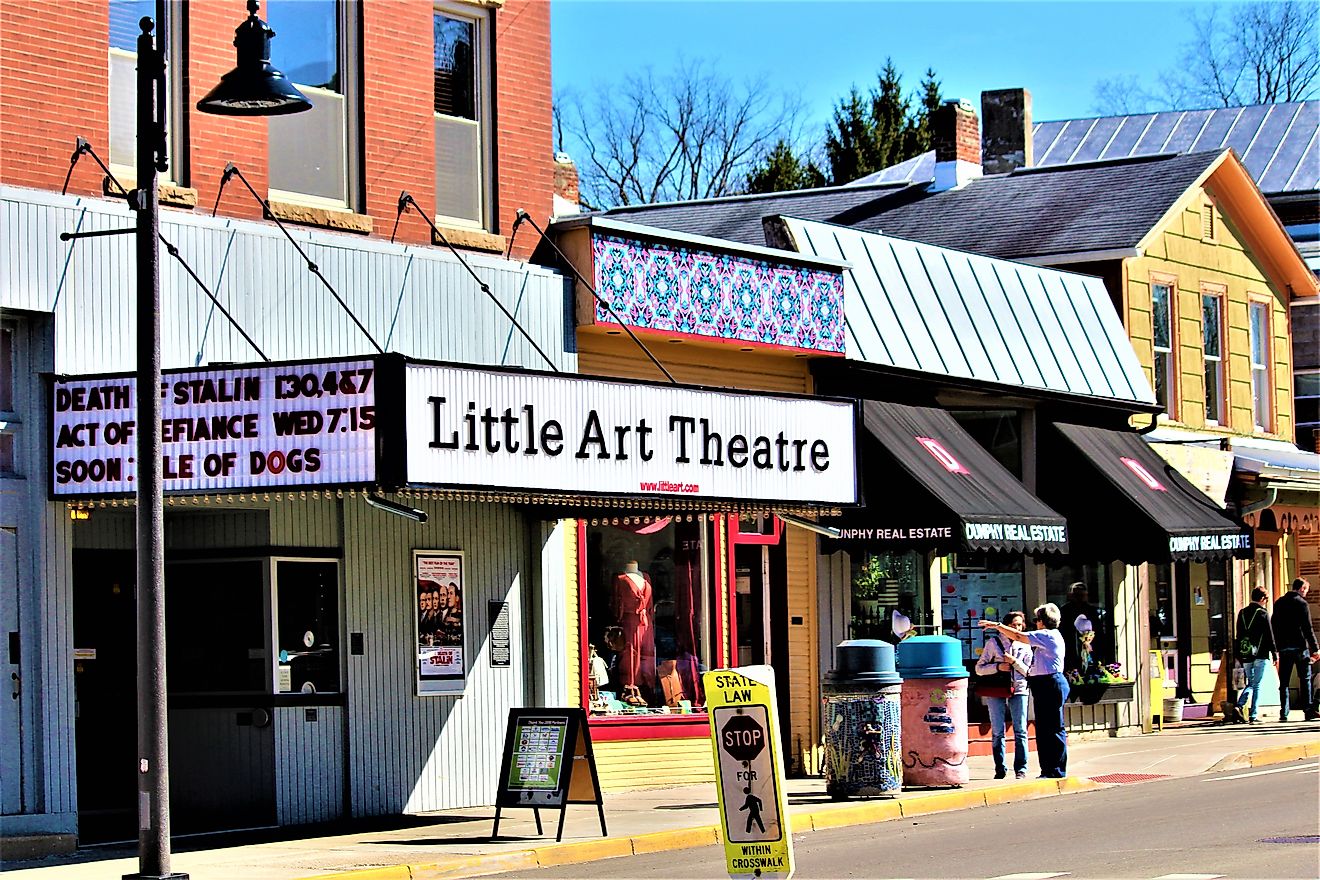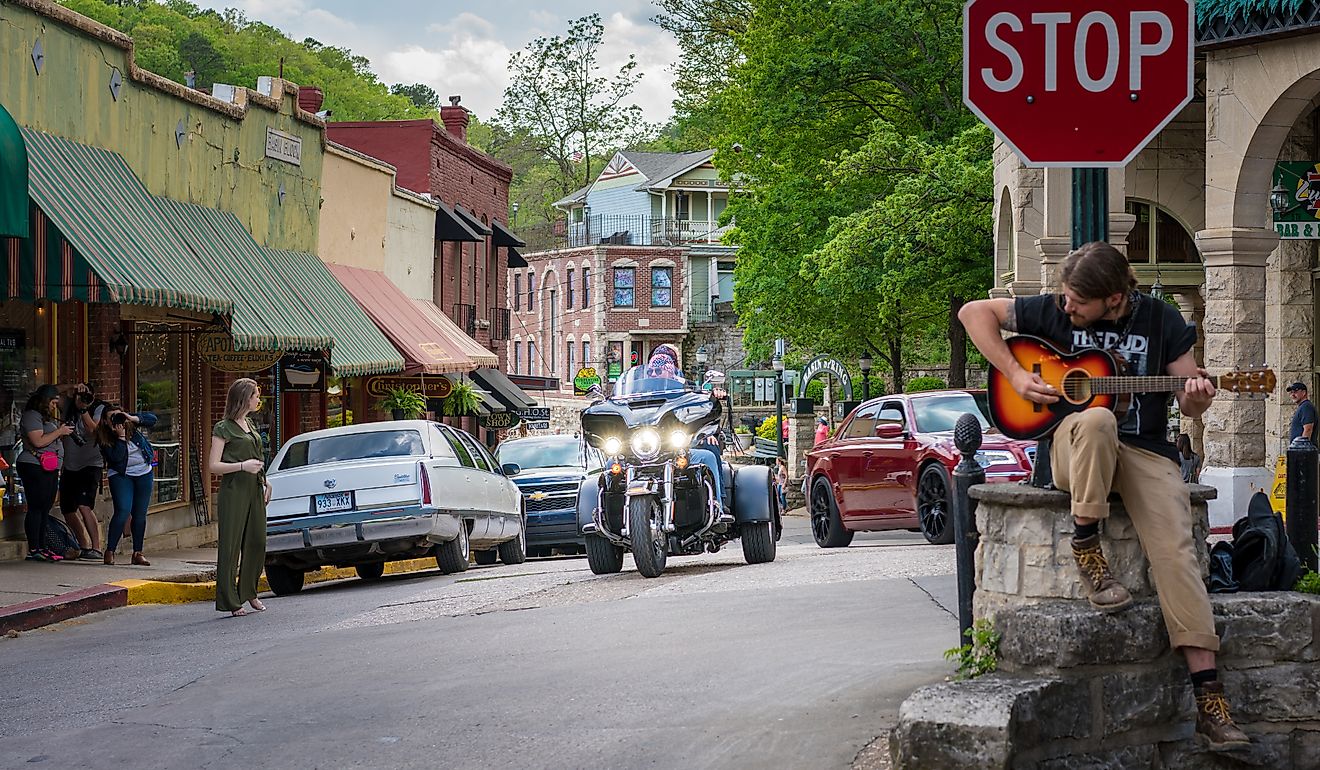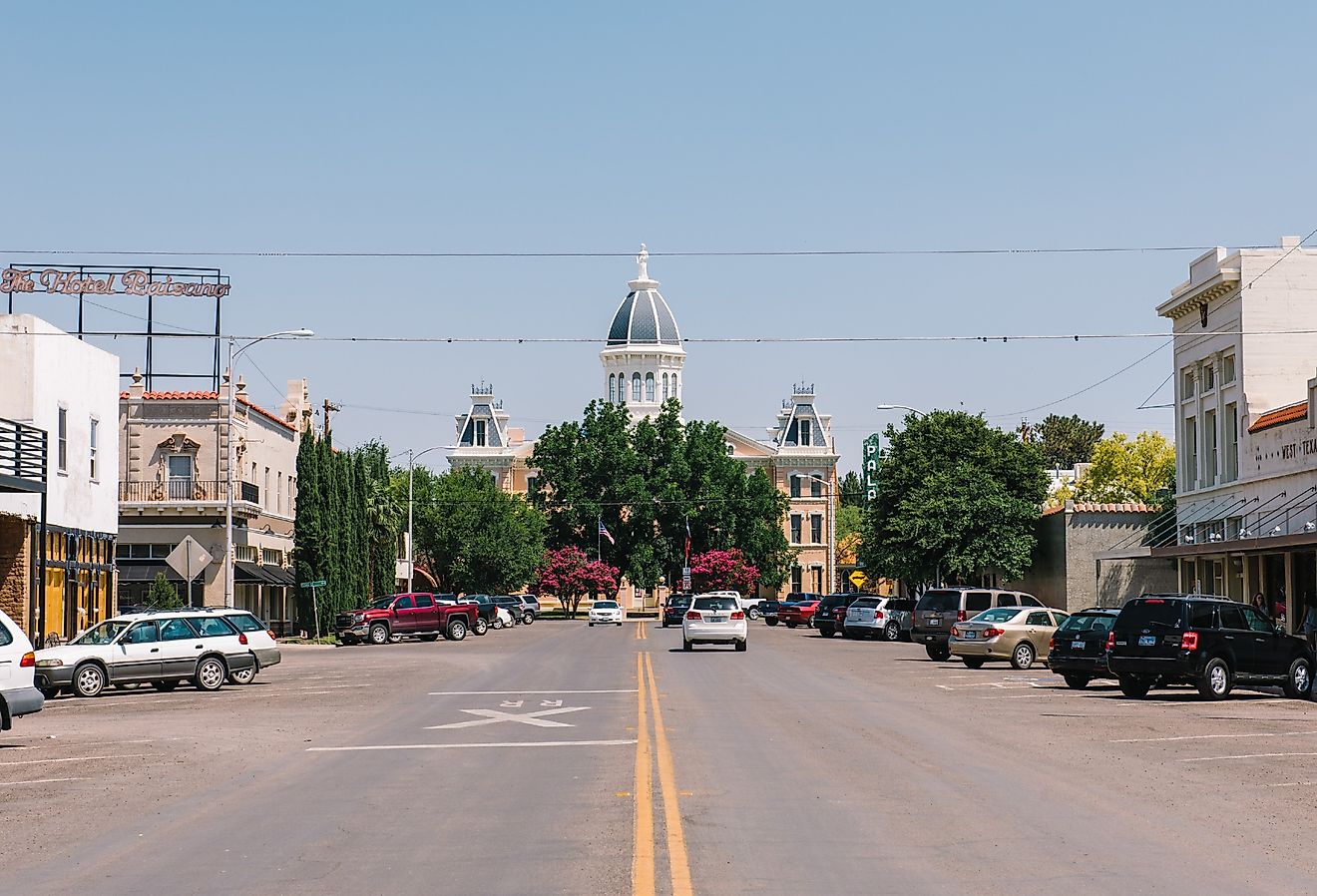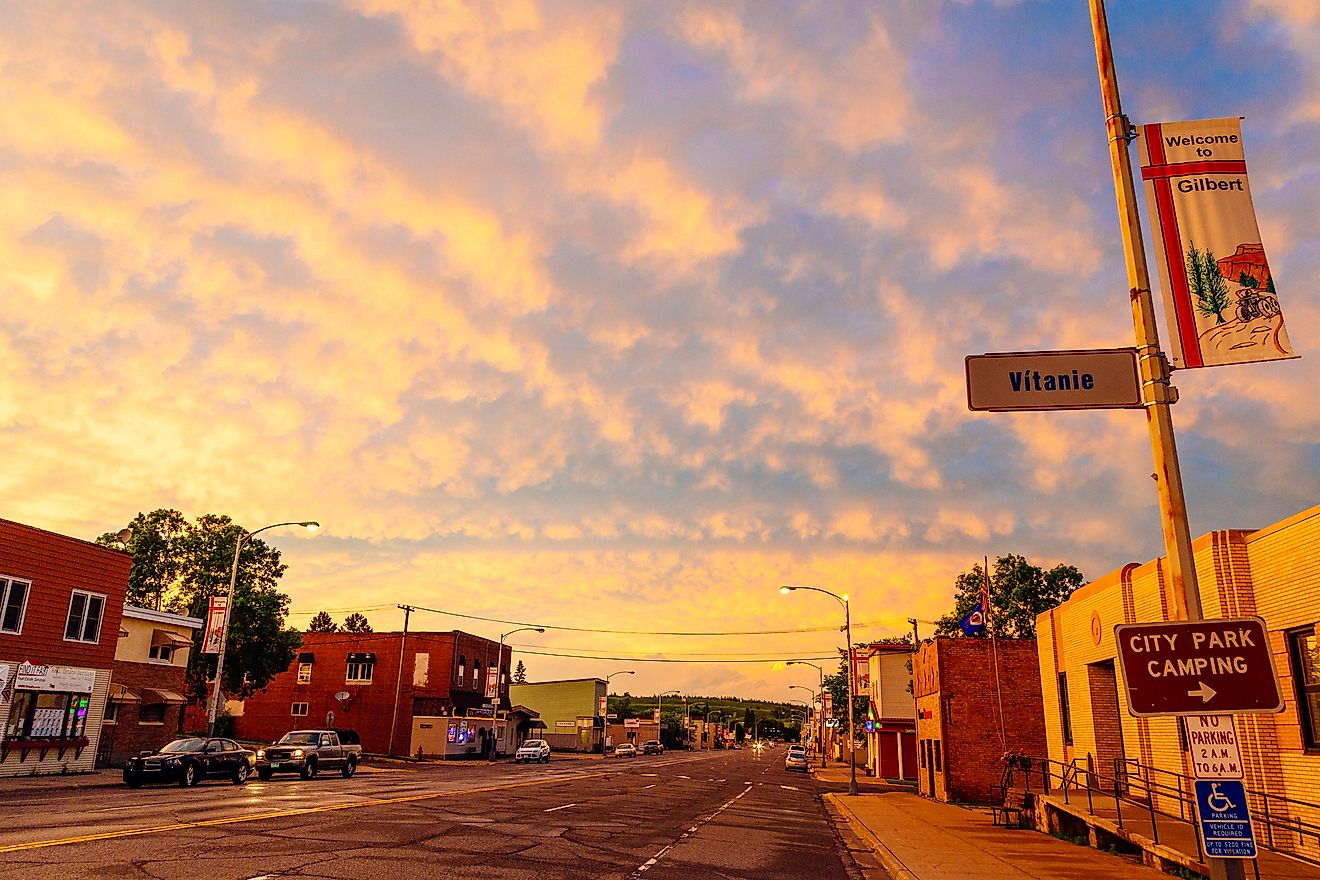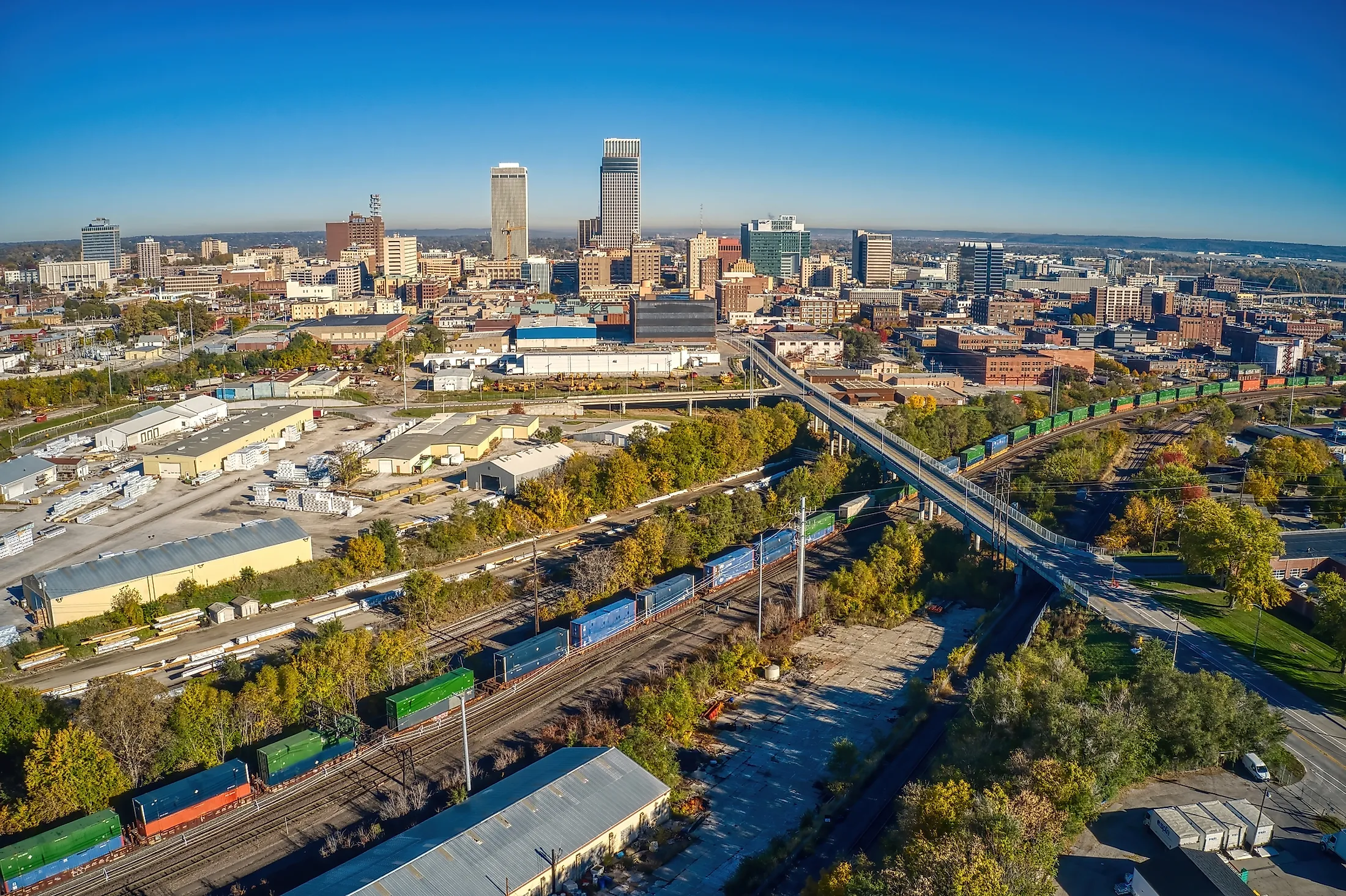
Omaha, Nebraska
The largest city in the midwestern state of Nebraska, Omaha has evolved from a western township to a bustling metropolis full of entertainment and life. Running along the Missouri River, this quaint city has much to offer in the form of food, society, business, and an overall welcoming environment that attracts both tourists and residents towards it. That being said, while it may not be a large city by definition, it is surely one that provides the hustle-bustle of urbanization while holding on to its western roots.
Geography Of Omaha
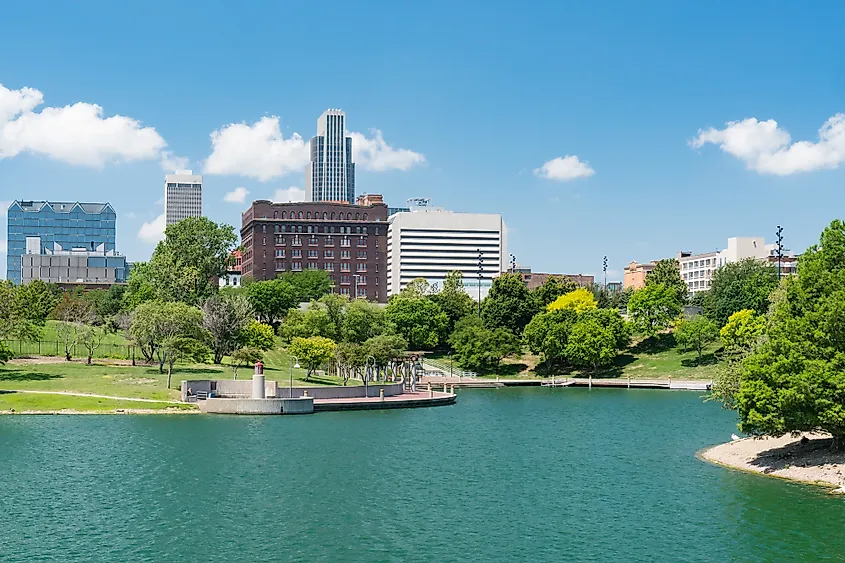
Situated in Eastern Nebraska on the banks of the Missouri River, Omaha is surrounded by various water bodies such as Lake Manawa, Carter Lake, Platte River, etc. The city itself spans a total area of 374.5 sq. km, out of which approximately 141 sq. km consists of land while the rest is water. Omaha is at an average elevation of 1,090 ft which is significantly lower than many surrounding areas. This is because the city is engulfed by rolling hills throughout the southern and western outskirts, with the Iowa border sitting directly to the east.
Climate Of Omaha
Sitting between the humid eastern and dry western climate zones, Omaha itself has a continental climate. While summers are warm and humid, winters tend to be cold and dry. Occasionally, cross-country low-pressure wind systems can also cause rapid and unknown changes to the climate. However, the city still gets a decent amount of sunlight, with more than 50% of the day having sunshine throughout the year.
The annual amount of rainfall collected by Omaha city is approximately 30 inches, which is in line with the national average. Similarly, temperatures range between highs of 25 °C and lows of -7 °C, making both winter and summer quite bearable.
Brief History Of Omaha
Initially being an area occupied by Native American Indian tribes, Omaha city was founded in 1854. The area was initially visited by William Clark and Meriweather Lewis on their journey to the Pacific Coast. Shortly after, several fur outputs were built in the area to facilitate trade during and post World War Two. This massive influx of fur traders developed a raging competition in the area, which further led to the entry of the American Fur Company, which built a town and held a trading monopoly.
As the land was becoming increasingly populated, in 1854, 26 individual treaties were signed with the United States federal government through which the Native American tribes in the area gave up their right of ownership. Thus, Omaha had become an official American city, and with this, the economy began booming within the first decade itself. By January 1866, just twelve years later, the city had become a prime resting point for settlers, had its own daily newspapers, and became the headquarters for the Union Pacific Railroad. This served as a major access route as it connected to cities such as Sacramento, Portland, and many others, which promoted Omaha's growth.
The Population And Economy Of Omaha
According to the most recent 2020 census, the population of Omaha stands at 486,051 inhabitants. With an area of 374.5 sq. km, the population density for Omaha comes out to be 1,331 individuals/sq.km, which is much higher than the state average of 9.63/sq. km. The population's median age is 34.5 years, with males having a slightly younger average as compared to women. In terms of racial composition, 77.47% of inhabitants are white, 12.32% are black, and the rest is divided amongst multiple racial backgrounds.
The city has an average household income of $82,945 with a median house value of $159,700, making it one of the most expensive and high-income cities in the state. Although, more than 13% of the population still lives below the poverty line.
Attractions In Omaha
Henry Doorly Zoo

The Henry Doorly Zoo is one of the premier attractions for both locals and tourists in Omaha. The zoo is considered one of the world's best and largest nocturnal exhibits, indoor rainforest, indoor desert, and indoor swamp. Throughout the past four decades, this zoo has welcomed upwards of twenty million visitors and is a must-visit in this city.
The Durham Museum
A testament to the immense history of Omaha, the Durham Museum provides a look into the past within the walls of the former Union Station building. This establishment was converted into a museum in 1975 when the National Railroad Passenger Corporation decided to shut down the station. As years passed, the museum shifted in name and ownership to now hold a vast array of historical items for visitors' delight.
Old Market
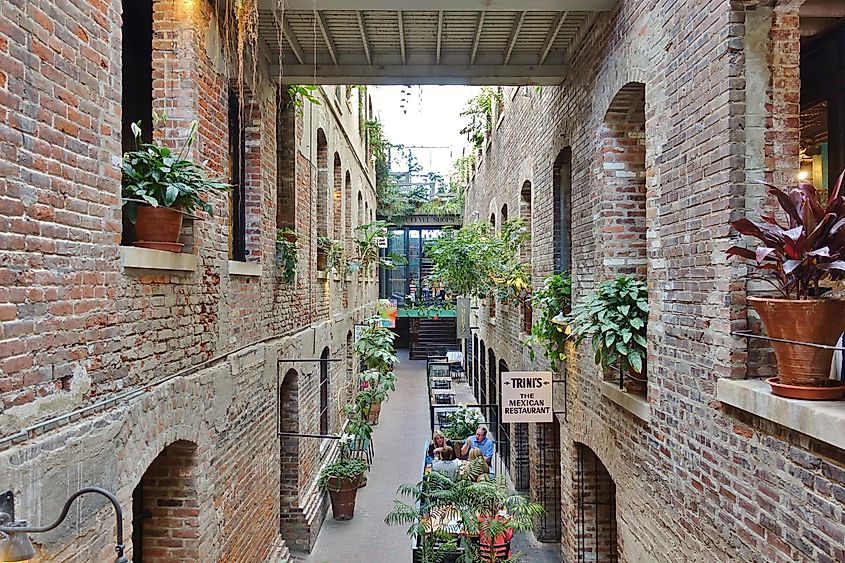
The Old Market is, as the name suggests, a marketplace that has been around since the early days of Omaha. It is full of hustle-bustle throughout, and you can find everything from restaurants to coffee shops and even art galleries! Also, the area is known to host many events and congregations, making it a central attraction for both Omaha's history and life.
